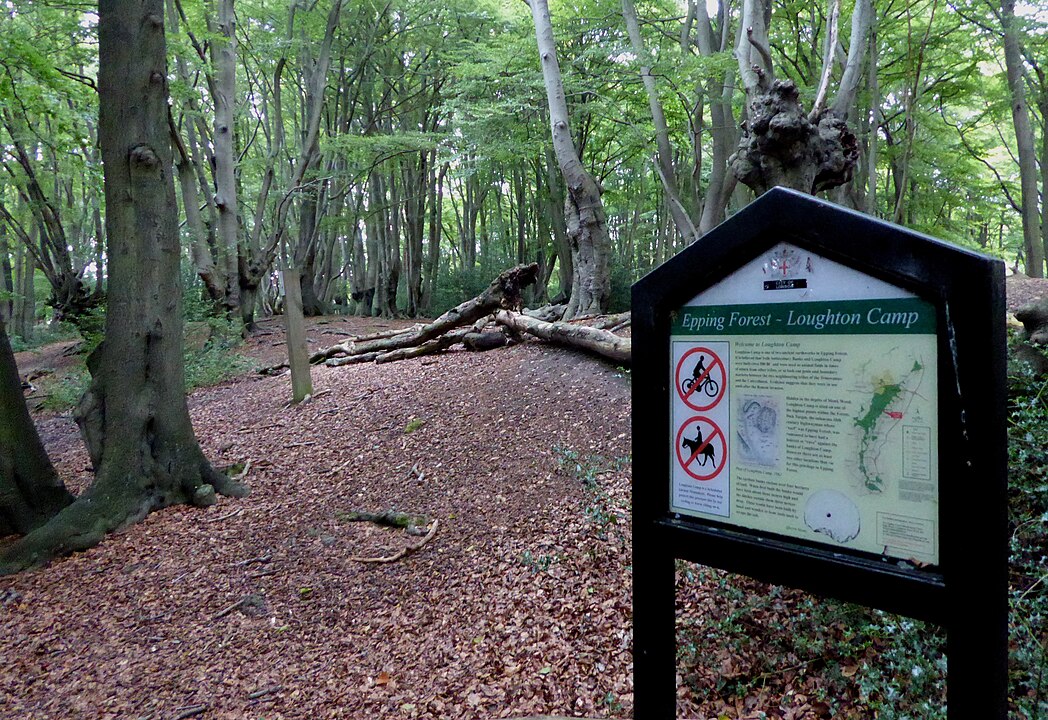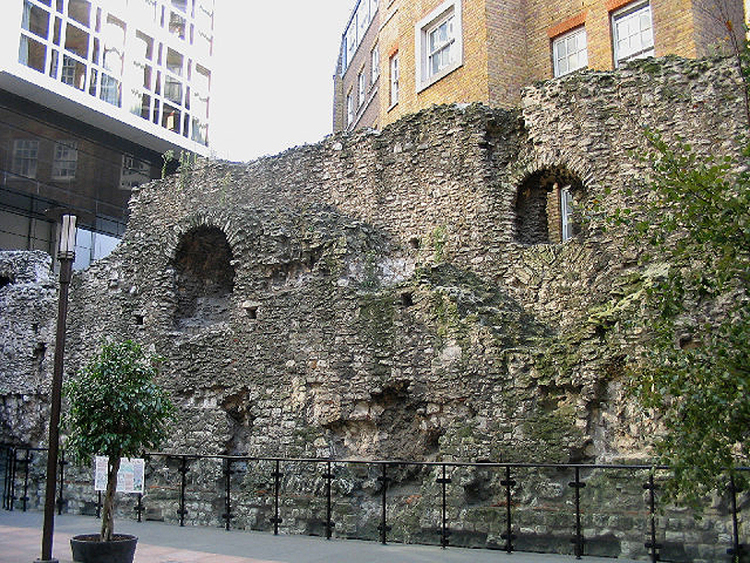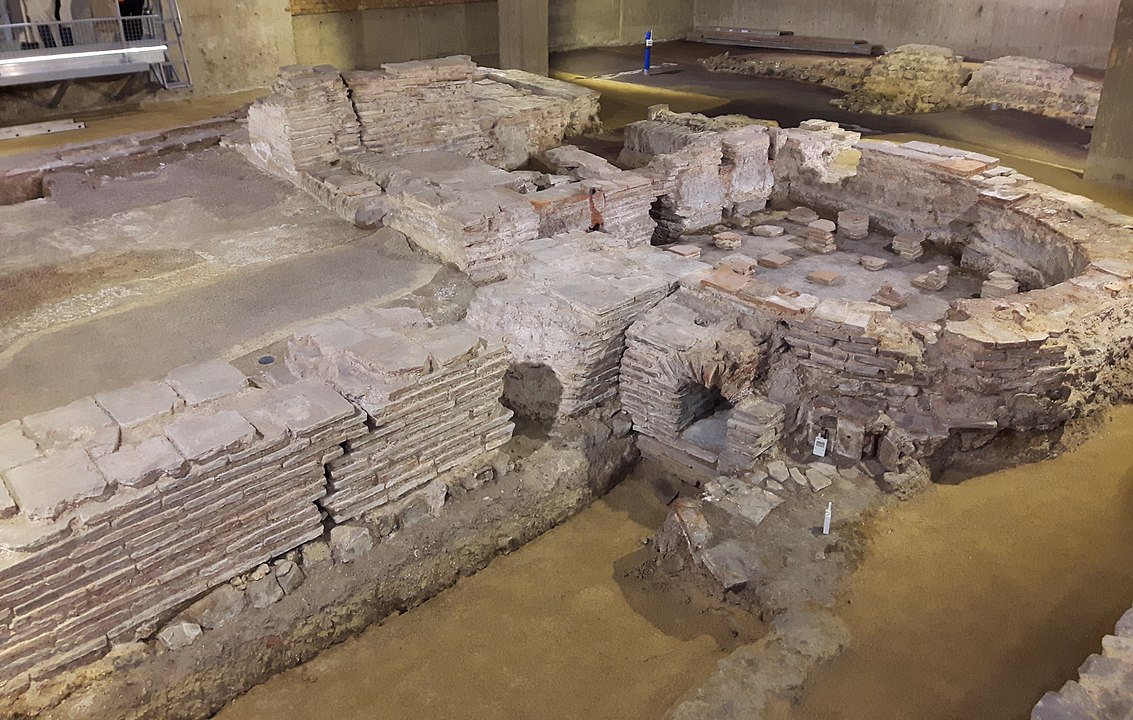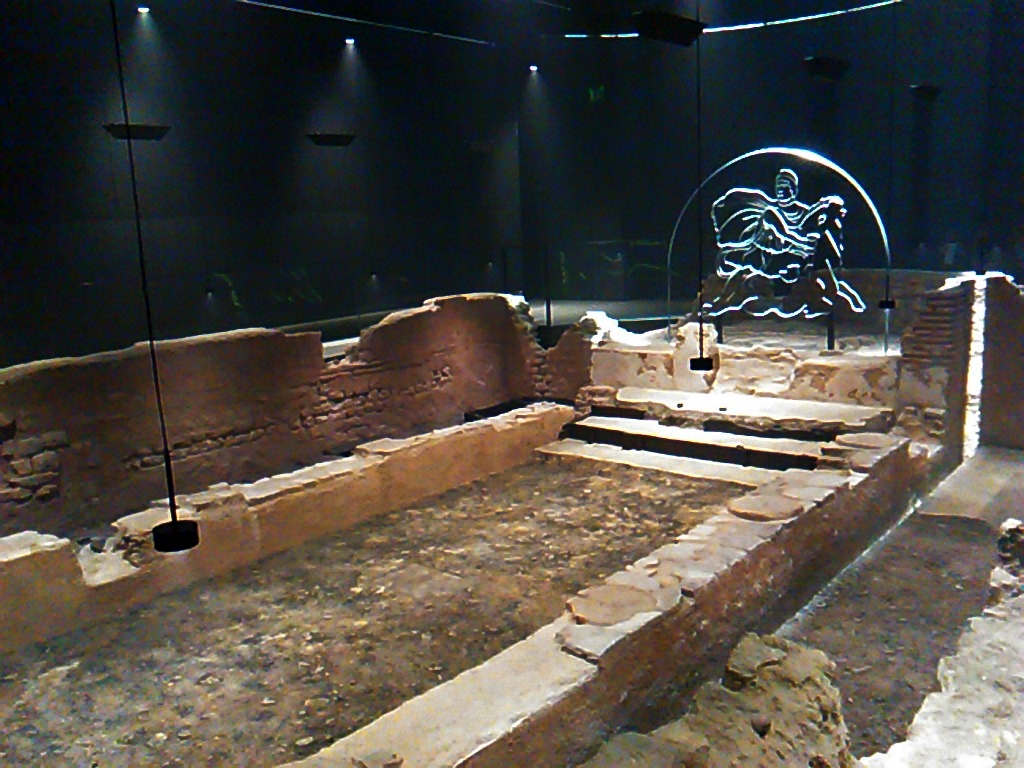The Southwark Cathedral: Trying to Unpack the Historical Facts Around the 606 AD Claim
London is a city layered with history, where streets, buildings, and even churches are wrapped in stories of the past. From the monumental Westminster Abbey to the smaller but equally significant churches like St Helen Bishopsgate and St Bride’s, many of these sacred sites carry claims that stretch back over a thousand years. Some of these claims, though, often fall under scrutiny from historians. Southwark Cathedral, for instance, has a long and illustrious history, but the church’s claim that it dates back to 606 AD raises more questions than it answers.
The Problem with London’s Ancient Church Claims
London’s churches are known for their architectural grandeur and rich histories, but they are also known for ambitious historical claims. Westminster Abbey is an iconic example. The current Gothic masterpiece, mostly built between the 13th and 16th centuries, is said to stand on the site of a much earlier church founded by Saint Dunstan in the 960s. Yet, legends insist there was an even older Roman temple dedicated to Apollo on that site. Historical records don’t support such a temple’s existence, but the claim lingers in popular imagination.
Another case is St Helen Bishopsgate, which boasts an impressive history as one of London’s few surviving medieval churches. While claims suggest its origins stretch back to the 10th century, there is little concrete evidence for this early date. The same is true for St Mary-le-Bow, an East End church with a stunning Baroque design that often clings to a history that supposedly stretches into Anglo-Saxon times. Even St Bride’s Church on Fleet Street claims a murky foundation story, with some legends linking it to Roman times, despite the current church being the ninth iteration, dating from Sir Christopher Wren’s post-Great Fire of London reconstruction.
Churches like these are not content with simply being hundreds of years old; they seem to need to push the envelope back even further, as though a church’s legacy requires it to predate the Norman Conquest to truly matter. This brings us to Southwark Cathedral, where a claim of being founded in 606 AD stands out as particularly dubious.
Southwark Cathedral and the 606 AD Claim
Nestled on the southern bank of the Thames, Southwark Cathedral is one of London’s most charming historic churches. It’s no stretch to say that this building has witnessed countless moments in the city’s story. The church has stood as a symbol of religious life in Southwark for many centuries, but did it truly exist in 606 AD?
The official narrative, presented by church authorities, claims that a Christian place of worship has been on the site since 606 AD. However, there is little historical documentation to back up such a precise and early date. This assertion seems based more on local folklore and loose references than solid evidence. The idea that Southwark could have had a Christian church at that time is not impossible, but it remains speculative without any archaeological proof to substantiate it.
Even the oldest parts of the current structure, largely built between the 12th and 14th centuries, provide no clues that point to a 7th-century origin. What is clear, though, is that Southwark was an important area during the Roman and Anglo-Saxon periods, given its strategic location near the river and major Roman roads. Still, no clear evidence has surfaced suggesting a formal church existed before the Norman Conquest.
The Historical Facts: Domesday Book and St Mary Overy
The first historical mention of a church in Southwark comes from the Domesday Book, the great survey commissioned by William the Conqueror in 1086. However, the details are vague. The Domesday entry refers to a church in Southwark but gives no name, location, or indication that it was the precursor to Southwark Cathedral.
More concrete history begins with the founding of St Mary Overy Priory in 1106. This Augustinian priory, established by William Giffard, the Bishop of Winchester, is a key moment in Southwark Cathedral’s history. The priory became a religious and social hub in medieval Southwark, attracting pilgrims and laypeople. By the 12th century, the priory church was likely a grand structure, far removed from the humble beginnings implied by the 606 AD claim.
Even so, some historical writers have hinted at an older church on the site. John Stowe, a 16th-century historian, wrote that a church existed “far before the Conquest in 1066.” But Stowe’s records are vague at best. His claim lacks specific references and appears more based on oral tradition and speculation than tangible evidence. In historical research, unsubstantiated claims, such as those made by Stowe, must be treated cautiously, as they can blur the line between history and legend.
The Search for Proof
Historians and archaeologists investigating Southwark Cathedral have not uncovered much that lends credibility to the 606 AD claim. While some remnants of earlier structures have been found in the area, there is no concrete proof of a 7th-century church. Much of the evidence points to the 12th century as the true foundation period for the current building’s predecessor.
Why, then, does the cathedral insist on this much older date? One answer lies in the tendency of many of London’s historic churches to present themselves as having deeper, almost mythical roots. It creates a sense of continuity and importance that stretches centuries, linking the present building with the earliest days of Christianity in Britain. This is common among churches and religious institutions, where historical grandeur is seen as part of their spiritual and cultural legacy.
The Need to Extend History: Is It Necessary?
The desire to extend the age of historical churches isn’t unique to Southwark Cathedral. Across Europe, churches often make claims that tie them to the earliest periods of Christian history. The question is, why do they feel the need to do so?
In a city like London, where history is everywhere, there seems to be a certain prestige that comes with being older. A church that can claim a foundation in the 7th century may seem more impressive or spiritually significant than one founded a few centuries later. The reverence for ancient history leads to “historical inflation,” where churches feel compelled to push their origins back further than the evidence supports.
But this raises an interesting question: Isn’t the real history enough? Southwark Cathedral, like many of its peers, has a rich and well-documented history stretching back nearly a millennium. The priory of St Mary Overy, the turbulent centuries of religious and political change, the figures who have passed through its doors—all of these elements form a fascinating story. Yet, the desire to be the “oldest” somehow remains irresistible, even when the facts don’t fully align.
Perhaps it is human nature to seek out beginnings. We are often drawn to continuity, the notion that a place has stood witness to countless generations. But in the case of Southwark Cathedral and other historic churches, the real histories – with all their complexities, reconstructions, and evolutions – are just as compelling as the myths that seek to extend them further.
Looking Beyond the Claims
The history of Southwark Cathedral is a testament to the layers of time and belief that shape London’s sacred spaces. While the claim of a 606 AD origin is dubious, it doesn’t take away from the importance of this church as a site of spiritual and cultural life. The real history, from the founding of the Priory of St Mary Overy to its role in the Reformation and beyond, is more than enough to secure Southwark Cathedral’s place as one of London’s great landmarks. Ultimately, the truth is as enduring as the myths – and often just as fascinating.






